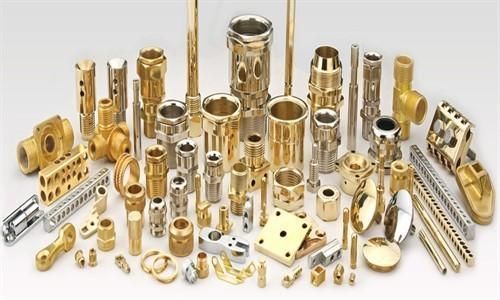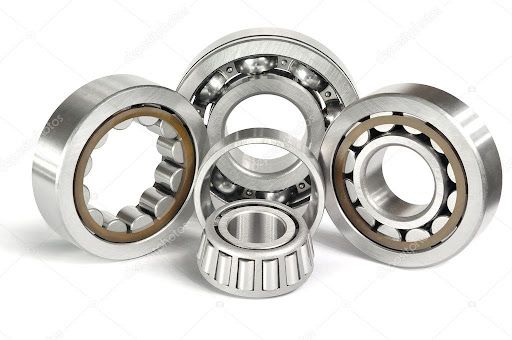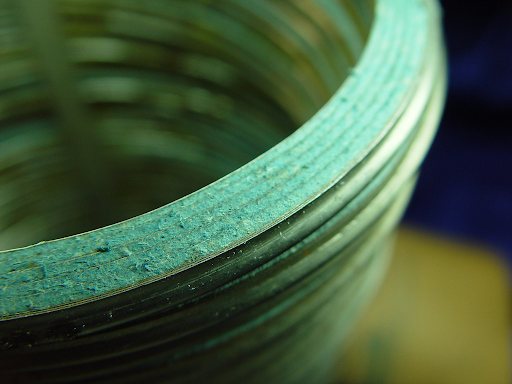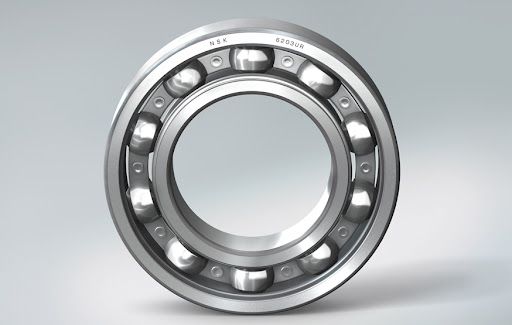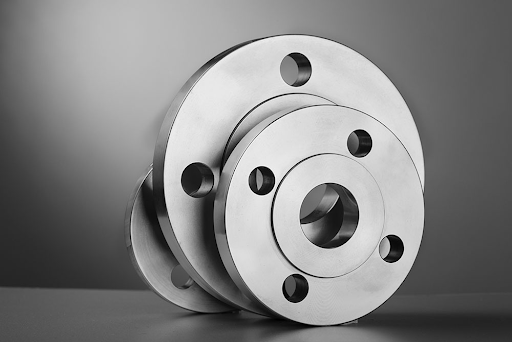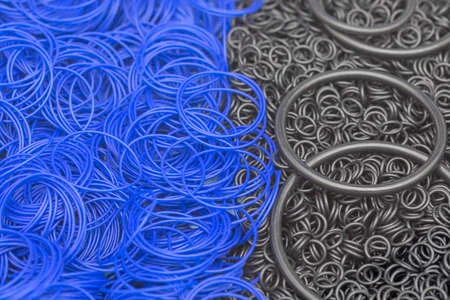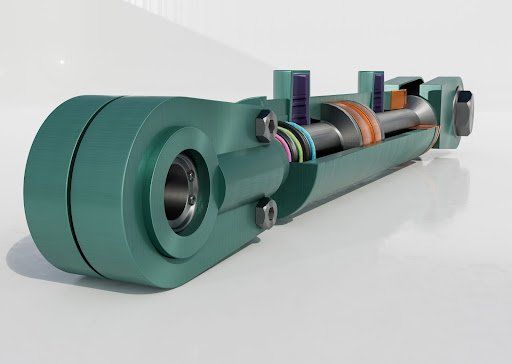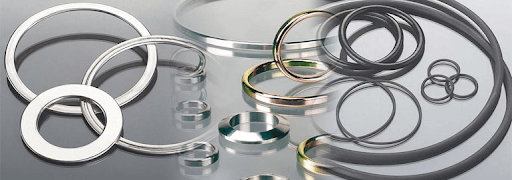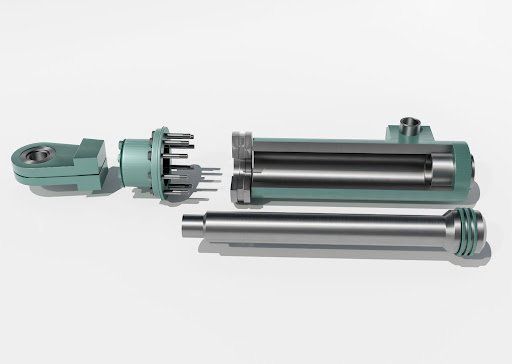Fasteners for Mounting Solar Panels
Solar panels work by absorbing sunlight and allowing the photons (particles of light) to knock electrons free from atoms. This process occurs in small units called photovoltaic cells and generates a flow of heat and electricity. Solar panels are simply many photovoltaic cells linked together. There are various methods for installing solar panels, but the two most popular are rooftop and pole-mounted.
Each method of installation requires different types of fasteners to hold the structure firmly in place. Solar panels are often exposed to extreme conditions, so it’s vital that the mounting fasteners are reliable, stable and resistant to the elements. The most important aspect of any solar installation is the tilt of the panel, to ensure that the surface is exposed to the maximum amount of sunlight.
Most of the components used for installing solar panels are made from anodised aluminium. It’s light and highly resistant to corrosion, making it ideal for the job. Stainless steel (316) rods, as well as bronze or brass nuts and bolts, are also used to add to the required firmness and stability of the mount. It’s important that the installer selects the right material for each installation to prevent the occurrence of galvanic corrosion . So, what does each type of installation require?
Rooftop installations are the most common for solar panel systems. They’re relatively affordable, the panels are kept up and out of the way, and a roof usually provides the optimal angle and position for collecting the most amount of sunlight. The racks are fastened with asphalt roofing shingles for waterproofing, while lag bolts are used to hold down the mounting base. Roof panels are constantly exposed to the elements, so it’s important that all the fasteners are made from high-quality stainless steel, to avoid corrosion.
Solar pole mounts are installed using a durable rack or frame, mounted on top of a single pole. For stability, a concrete piping system is drilled into the ground. The mount is designed with adjustable clips or struts to allow the panel to be moved during the year as the seasons and light angle changes. Panels can also be made to swivel or tilt electronically, allowing sun-tracking technology to control the unit for a more efficient solar installation. As this system is also constantly exposed, it’s recommended to use stainless steel bolts for the mounting poles and aluminium clips or brackets for the panels.
Both kinds of installations have their pros and cons. It all depends on your budget and the space you have available. Bearing Centre stocks a world-class supply of fasteners and our knowledgeable team is always available to assist you with any installation queries. Don’t hesitate to give us a call!

